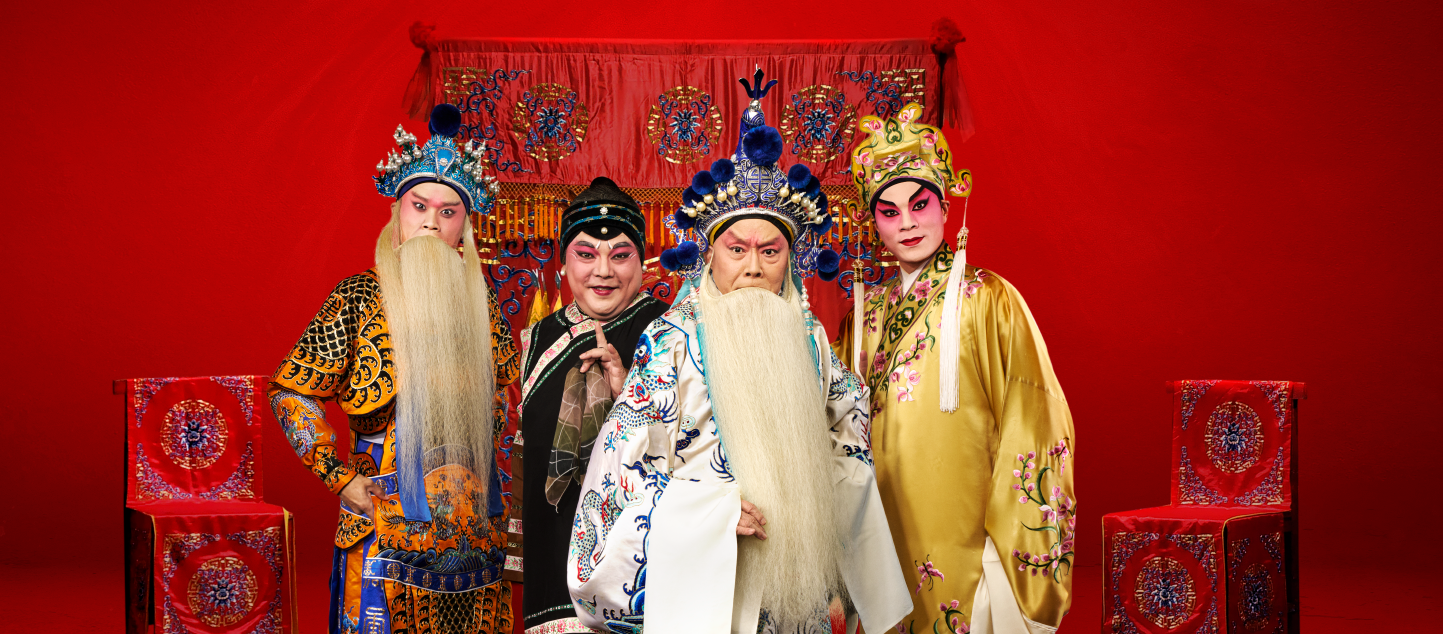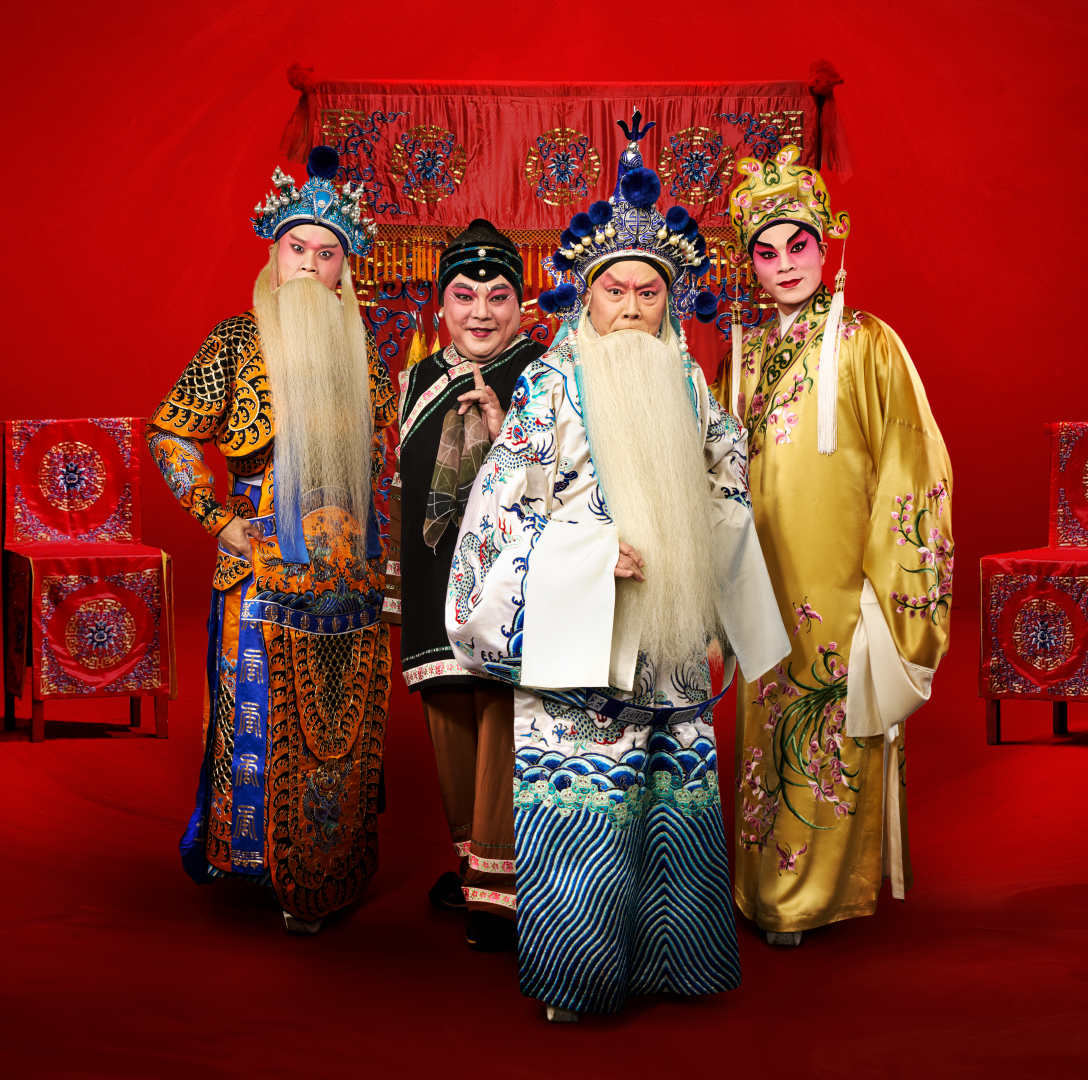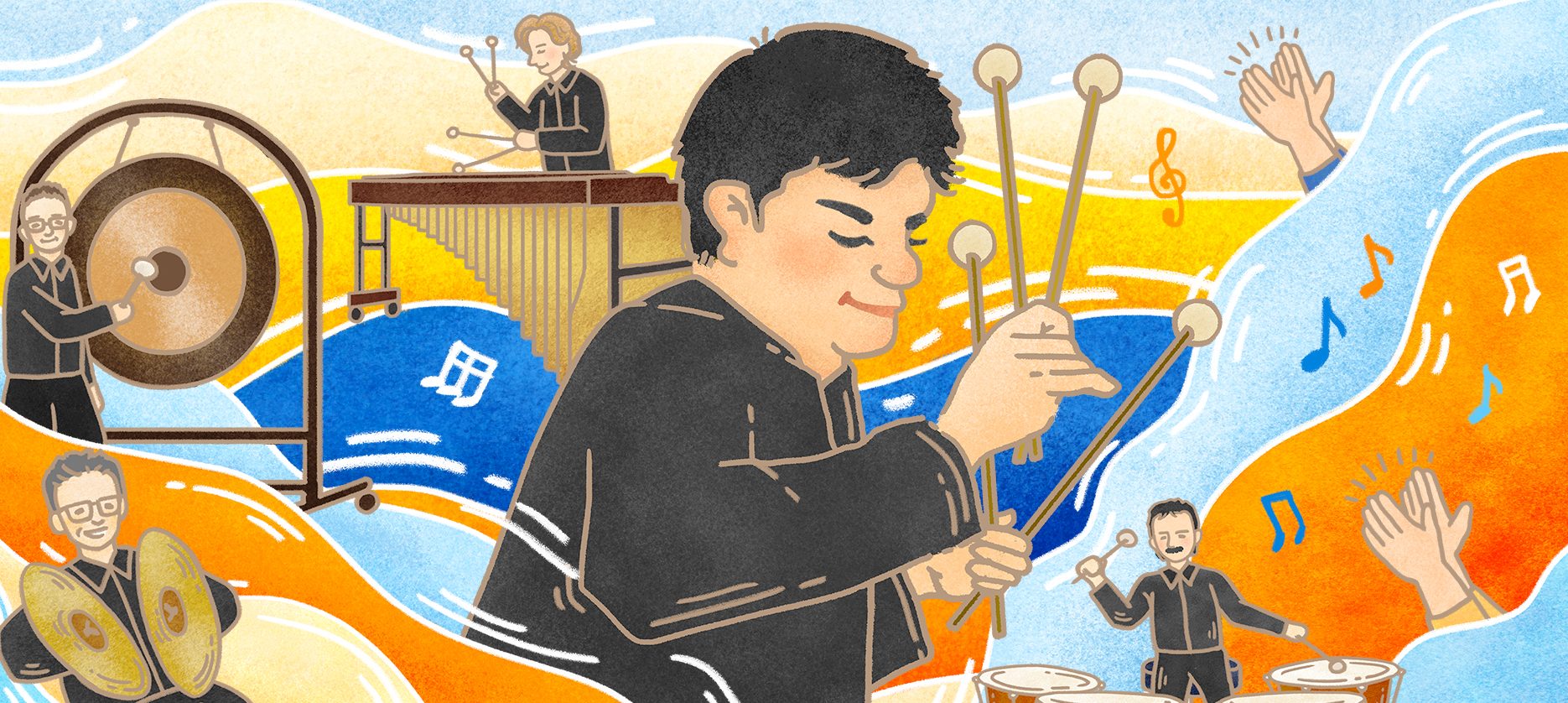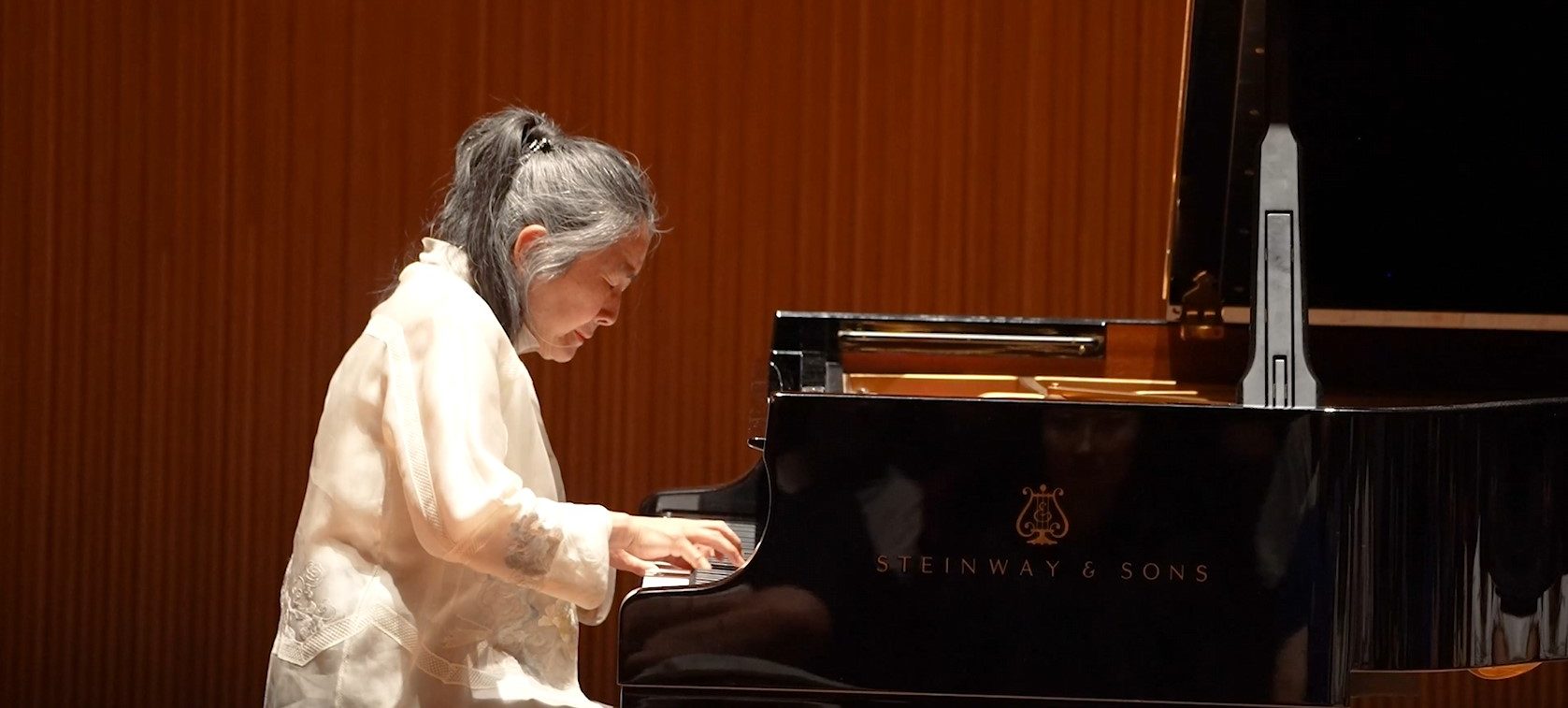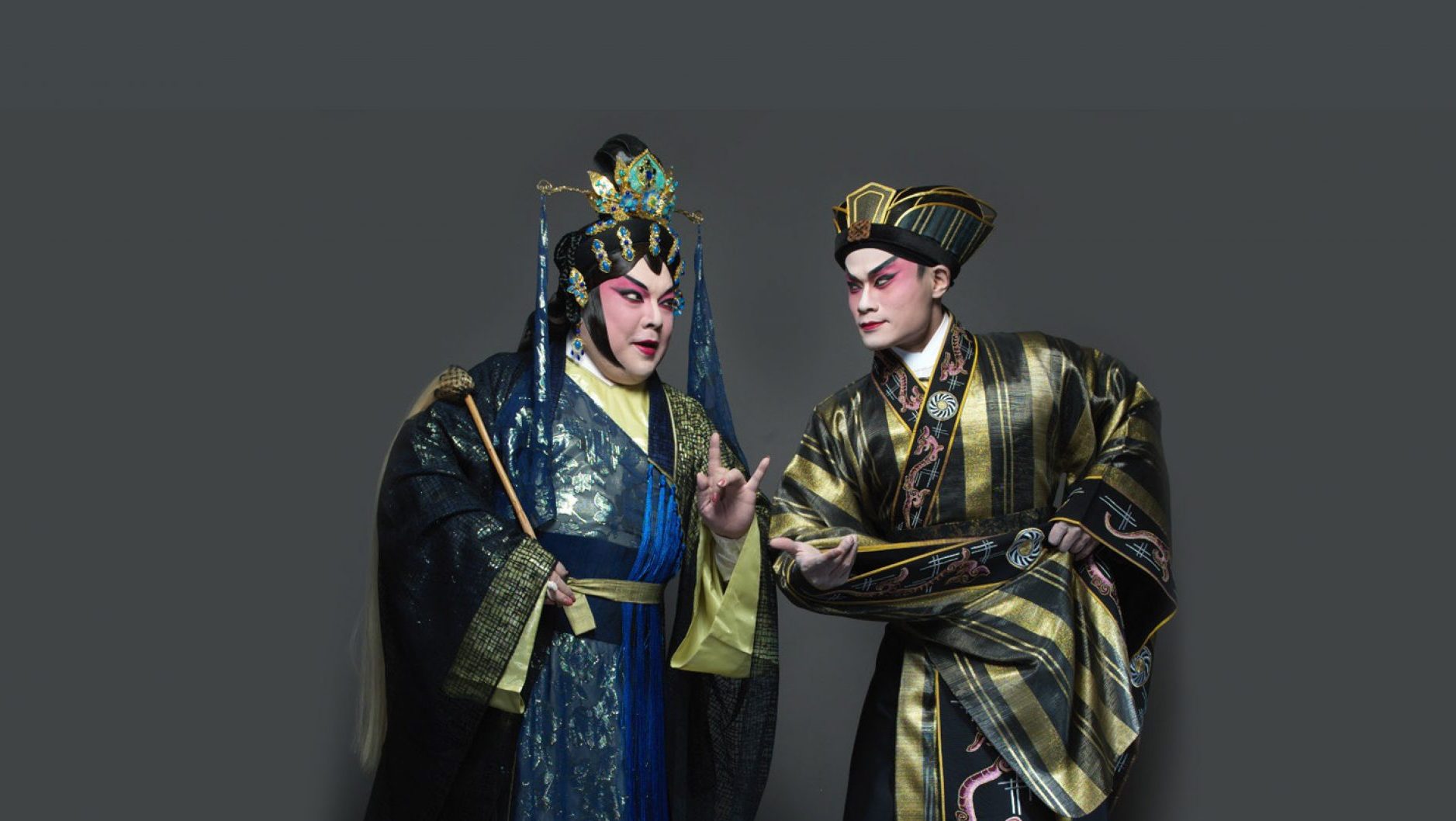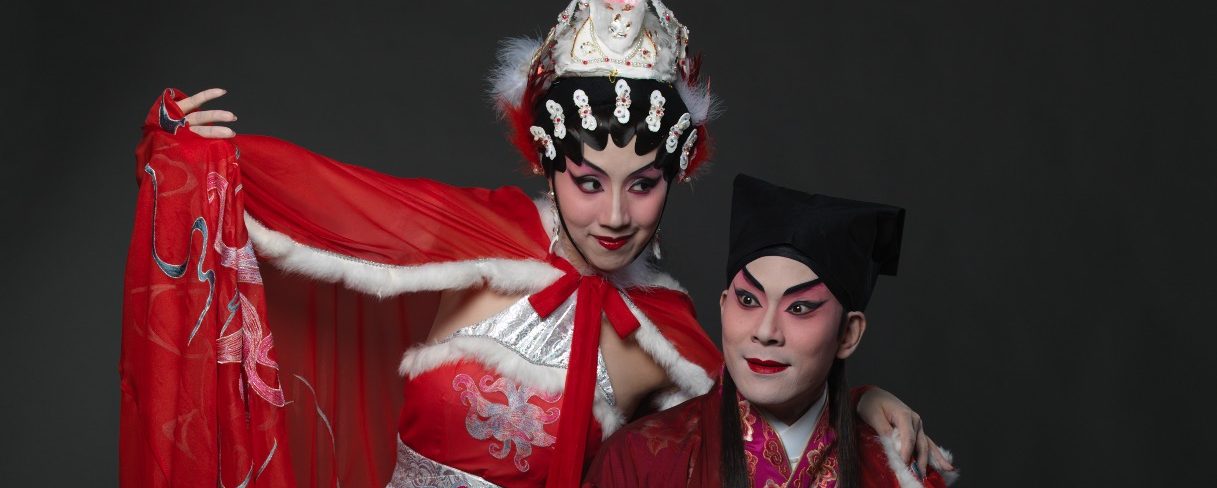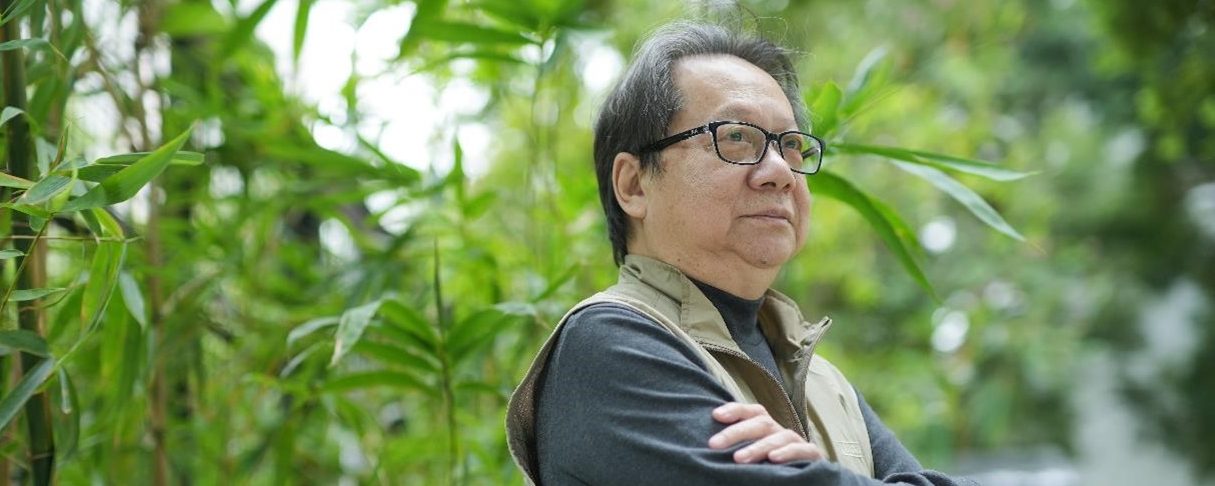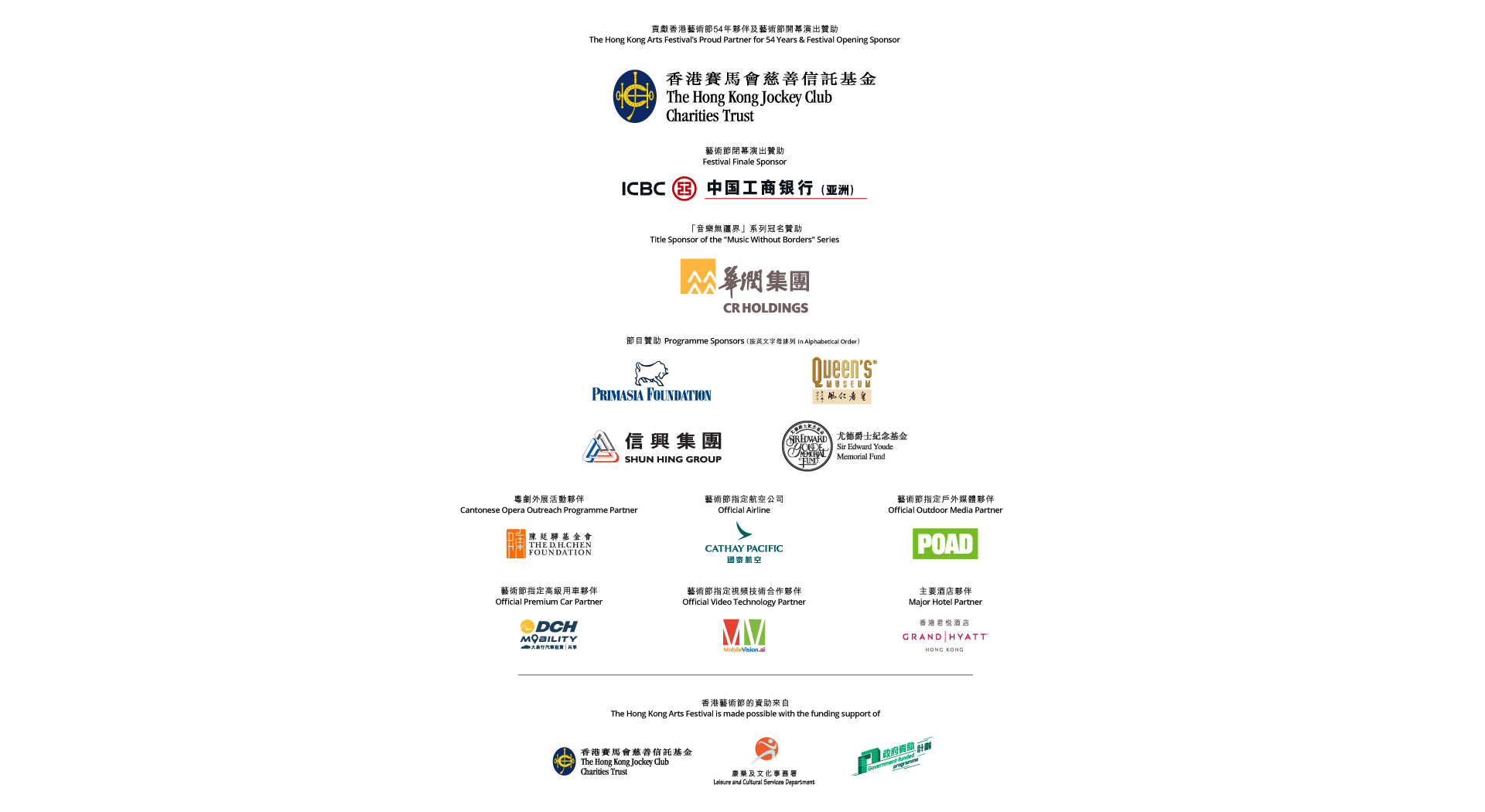In Cantonese opera, one often hears the phrase "可怒也" (pronounced similar to "call lau yeah"), which is articulated in the Zhongyuan dialect, also known as "old Mandarin" or the "official language". Historically, before the late Qing dynasty and the early Republican era, Cantonese opera was performed in such dialects, rather than in Cantonese itself. It was not until the 1910s and 1920s that performances gradually shifted to the use of vernacular Cantonese. As a result, Cantonese opera sung in the original dialects slowly faded from the stage. However, renowned Cantonese opera actor Yuen Siu-fai believes the use of ancient language in Cantonese opera is essential for refining a performer's skills. Motivated by this belief, he has made great efforts to preserve and revive this lost operatic legacy.
Cantonese opera performed in the original language, also known as "formulaic plays" or "ancient opera", places a strong emphasis on haubaak, a spoken soliloquy delivered without instrumental accompaniment, while placing less importance on actual singing. The style requires a powerful, resonant vocal delivery. Yuen tells FestMag that during his youth, it was mandatory for actors to study Cantonese opera in the original language, as this involved a comprehensive set of prescribed routines involving set pieces, spoken soliloquies, percussion and specific aria types such as bangzi and erhuang . The structure of these performances was rigorous and precise, contributing greatly to an actor's training. "When there is no scenery on stage, the actor must convey that a mountain is truly a mountain and water is truly water, making the audience believe it solely through the emotions and expressions in the performance," Yuen says.
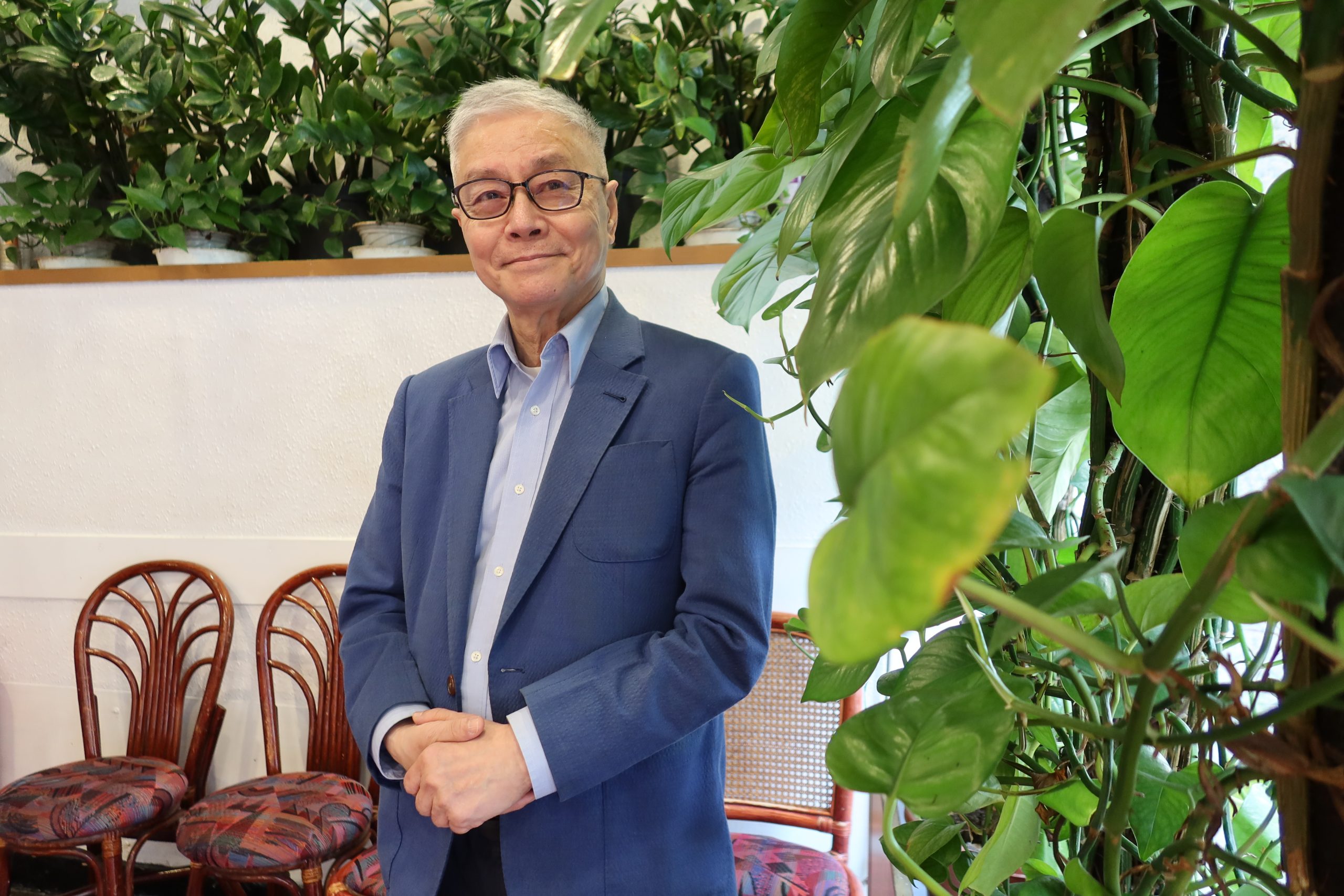
Yuen is fortunate to have studied Cantonese opera in the original language under the guidance of various masters. For example, he studied the original language for the play Executing the Duke's Second Brother under the tutelage of Tsui Suet-hung (the father of actor Tsui Siu-ming) in the 1970s. This play consists of the most traditional forms and set pieces, while the act of sworn brotherhood alone can be depicted in three distinct styles: "sash-cutting brotherhood", "oath of brotherhood on the battlefield" and "brotherhood at willow amp". Additionally, the play includes other common set pieces such as "The Great Battle" and "Enlistment".
However, although actors from the previous generation knew how to sing Cantonese opera in the original language, they rarely performed it in recent decades. Additionally, the low level of education at that time made it difficult to preserve the complete scripts of these plays, which were primarily passed down orally and through physical demonstrations, which created challenges for the continuity of the tradition. "In the past, it could take decades of performing the same play before one truly understood the meaning of a particular line. The senior actors often recited from memory and we did not dare to ask questions," he says. Nevertheless, he believes that through this process of rote learning, a deeper understanding is ultimately achieved.
Yuen points out that Cantonese opera has a history of about 300 years, and its development can be divided into three stages, with the 1910s and 1920s serving as a watershed. Before then, Cantonese opera was primarily performed in the original language, likely due to the influence of non-local instructors who came to Guangdong province to teach opera. Following this period, local Cantonese actors gradually began performing in the vernacular Cantonese dialect, leading to the emergence of many new scripts written in Cantonese often incorporating popular tunes and melodies. In recent years, Cantonese opera has increasingly embraced Westernisation and modernisation, with various approaches and styles being explored.
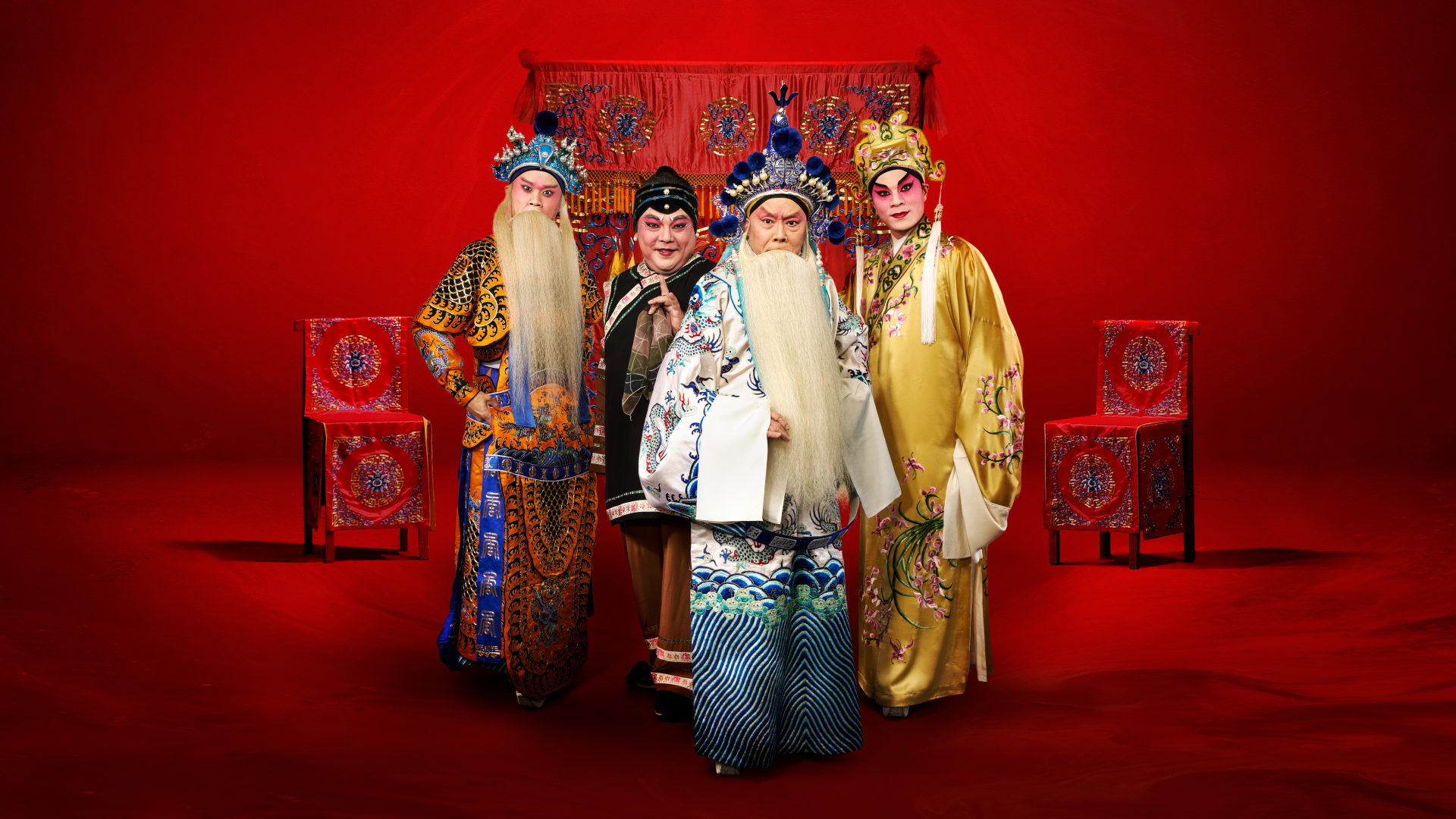
Because prominent Cantonese opera performers in the past rarely performed in the original language, these types of productions have undergone fewer changes and more closely resemble their original form. To prevent them from disappearing, Yuen Siu-fai established the House of Cantonese Opera in 1993, dedicated to reproducing this traditional style. In recent years, he has visited places such as Guangxi province and Southeast Asia in search of veteran performers who are still alive, seeking their instruction and documenting their knowledge. And in collaboration with Cantonese opera performers from the younger generation , including Lam Tin-yau, Keith Lai and Wyborn Leung Wai-hong, he has been commissioned by the Hong Kong Arts Festival to launch a project titled "300 Years of Cantonese Opera", aimed at encapsulating the three centuries of Cantonese opera development into a three-year performance series. The first year's project, titled The Beginning, includes the full performance of Wu Song ( in the ancient singing style), the scripts of which Yuen obtained by searching across Southeast Asia, and Making a Scene at the Green Bamboo Temple, which Keith Lai learnt from a senior artist, Man Chin-sui, in the United States.
Reflecting on his theatrical career spanning more than seven decades, Yuen further realises that the various Cantonese opera performances all trace their origins back to the formulaic plays he learnt in his youth. "For example, the routine movements for entering and leaving the stage are identical across all opera forms, be it Peking opera, Kunqu opera, or Henan Bangzi." Mastering such ancient operatic language and preserving traditional routines and staging techniques are crucial for documenting the historical development of Cantonese opera, and ensuring the art form continues to flourish.
300 Years of Cantonese Opera: The Beginning
Date:Mar 6-8 2025
Venue:Auditorium, Kwai Tsing Theatre


